Edmonton is the capital of the province of Alberta, and it is the northernmost city with more than a million inhabitants in North America. Edmonton, with its location, is called the gateway to the north because the city is the starting point for major raw material projects in northern Alberta and the Northwest Territories.
Edmonton is the cultural and economic center of northern Alberta, and there are many activities to come for. Downtown Edmonton is characterized by high-rise buildings that make the city skyline as you approach the metropolitan area. In addition to the many modern office buildings, there are numerous heritage sights and monuments from the city’s history.
The city’s best-known building is probably the Legislavtive Building, which is the seat of the province’s political government. From the beginning of Edmonton history, you can visit Fort Edmonton Park, an experience of Edmonton’s history through buildings, lifestyles and other things that contributed to the development of modern Alberta.
Edmonton’s northern location and mainland climate provide hot summers and cold winters, where you can use some of the many indoor amenities such as the colossal West Edmonton Mall. A trip to the Rocky Mountains to the west is also a good idea.
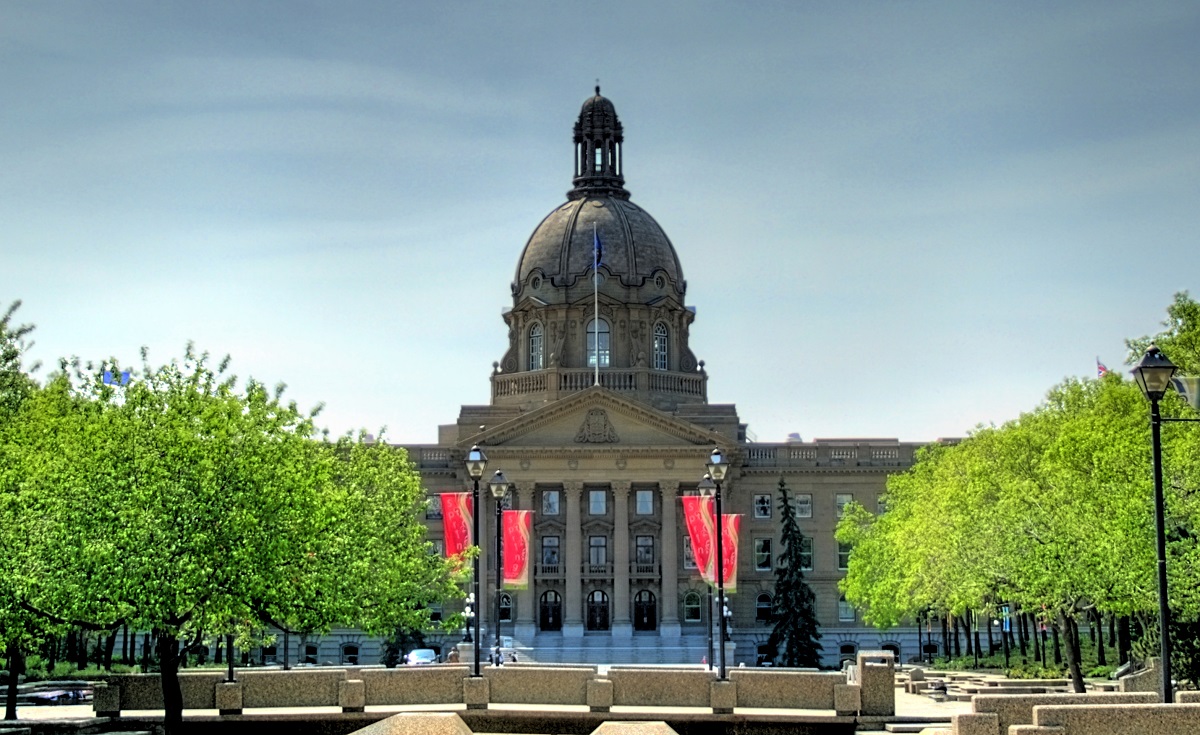
The Alberta Legislative Building is the name of the province of Alberta’s parliament building, which is also Alberta’s most magnificent historic building. Parliament thus stands as a historical and architectural landmark in Edmonton, reflecting the province’s growth and development.
Construction began in 1907, and it was completed in 1912 on the exact spot where the original Fort Edmonton was located. The building was designed by architects Allan Merrick Jeffers and Richard Blakey, and the architecture is Beaux-Arts, which was popular for public buildings in the early 1900s.
The Alberta Legislative Building was decorated with many works of art such as sculptures, paintings and stained glass that represent Alberta’s history, culture and nature. The location is also nice, with the Parliament sitting on a rise overlooking the scenic North Saskatchewan River.
Parliament is the seat of the Legislative Assembly of Alberta and the Executive Council of Alberta. The building is open to the public, and you can come on a tour, where you get a good impression of both the large structure and of exciting parts of Alberta’s political history and identity.
West Edmonton Mall is one of the world’s largest shopping centers and visitors will quickly learn that there is much more to the program than shopping here. You can thus visit both an amusement park and a water park, and here there are themed streets with, for example, European inspiration.
The mall opened in stages from 1981 and was the world’s largest indoor mall until it was surpassed in 2004. However, West Edmonton Mall remains among the world’s largest, and it is both literally and figuratively a colossal experience.
You can of course spend hours in the many shops in the centre, but many come here for activities and entertainment such as in World Waterpark’s indoor wave pool and slides or in the Galaxyland amusement park. You can also go ice skating, play mini golf and much more.
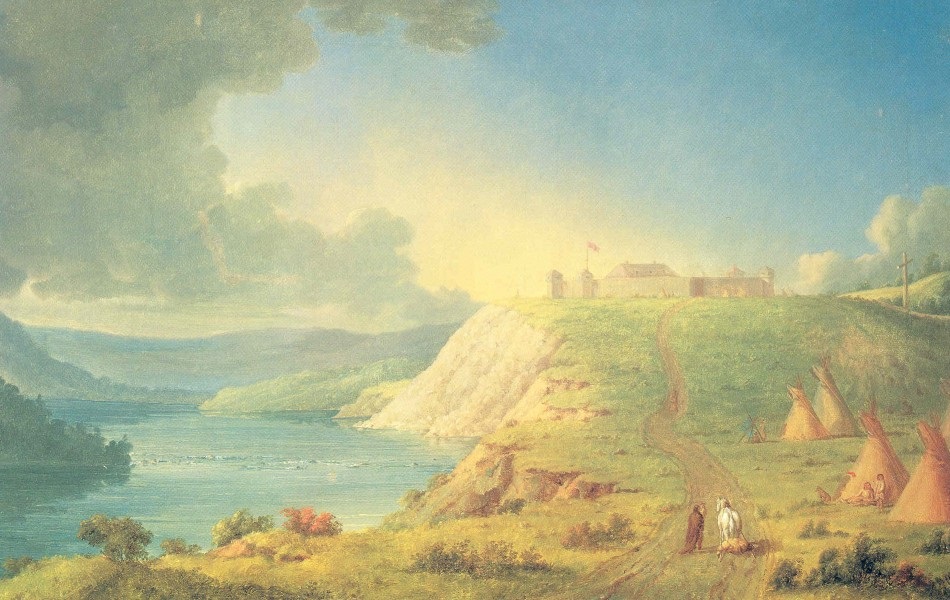
Fort Edmonton Park is a cultural and historical attraction located at the historic Fort Edmonton, which was the starting point for the formation of the city of Edmonton. Although the original fort no longer exists, a visit to Fort Edmonton Park is an exciting glimpse into a bygone era. The park is divided into several sections where you can explore different eras.
There are many historic buildings and surroundings here that provide experiences from daily life in the area in the past. It is a living history museum named after the fort, which was the first permanent European settlement in the present urban area. The park today features both original and reconstructed historic buildings that represent Edmonton’s history.
One of the sections in Fort Edmonton Park contains the Indigenous Peoples Experience about the indigenous people in the area, and in other sections you can see the fort’s development through not least the 1800s. It is also possible to drive through the park on a steam train as a trip through time, and on foot you can then move forward in time through the individual park sections.
The Royal Alberta Museum is an interesting museum where an excellent cultural and natural science experience in the history of Western Canada awaits. The museum was founded by the Government of the Province of Alberta in 1967 as the Provincial Museum of Alberta. The site was renamed the Royal Alberta Museum in 2005.
The museum’s new building opened to the public in 2018 in downtown Edmonton as the largest museum complex in Western Canada. The building was constructed in a modern design that reflects Alberta’s landscape and culture.
There are different themes to choose from in the large collection, and there is almost something for every interest. There are four main departments at the Royal Alberta Museum: Cultural Studies, Earth Sciences, Life Sciences and Conservation, and in the permanent exhibitions you can learn about Alberta’s history, culture and nature.
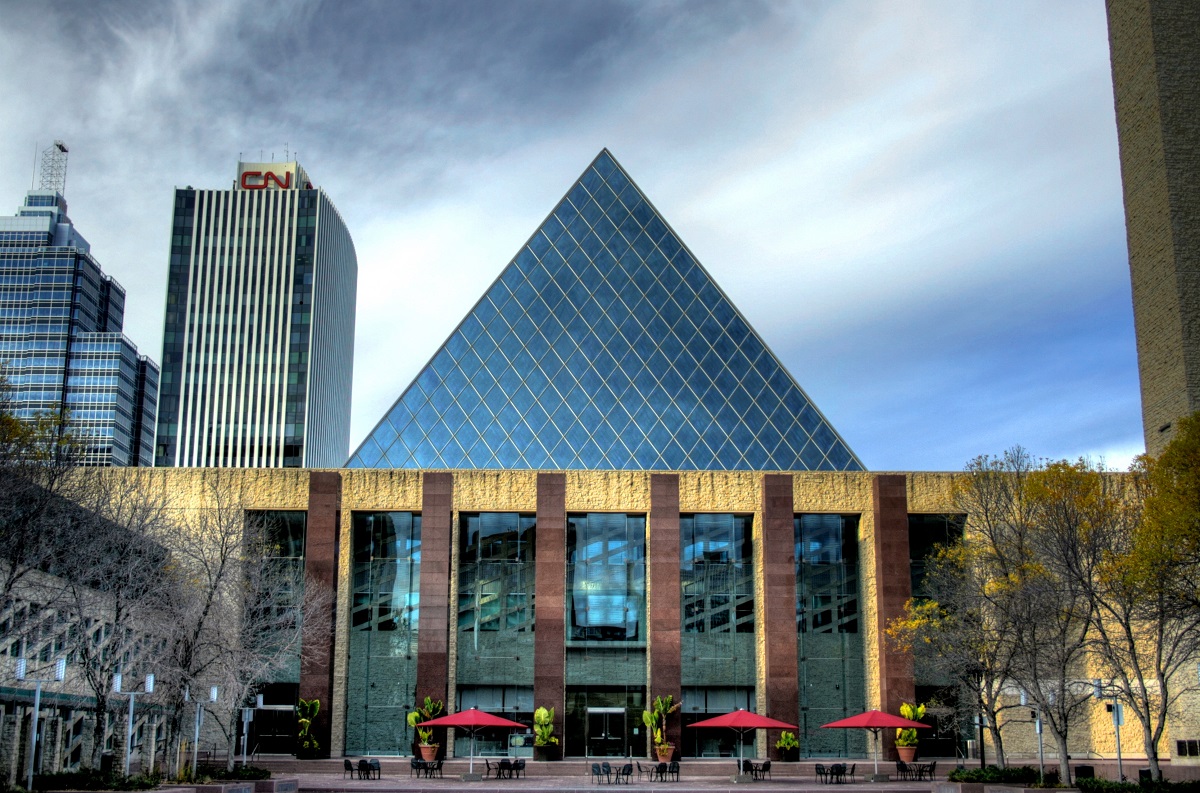
Edmonton City Hall is Edmonton’s modern city hall, inaugurated in 1992. It is located in the heart of the city and on the edge of the downtown high-rise business district. The town hall stands out in the urban space with its characteristic 43 meter high glass pyramid, which provides a fine indoor space.
The town hall was designed by Dub Architects and built as a replacement for Edmonton’s town hall building from 1957. The exciting architecture breaks the conformity with its form, and in addition to the large glass pyramid, you can see a 60 meter high bell tower in the town hall complex.
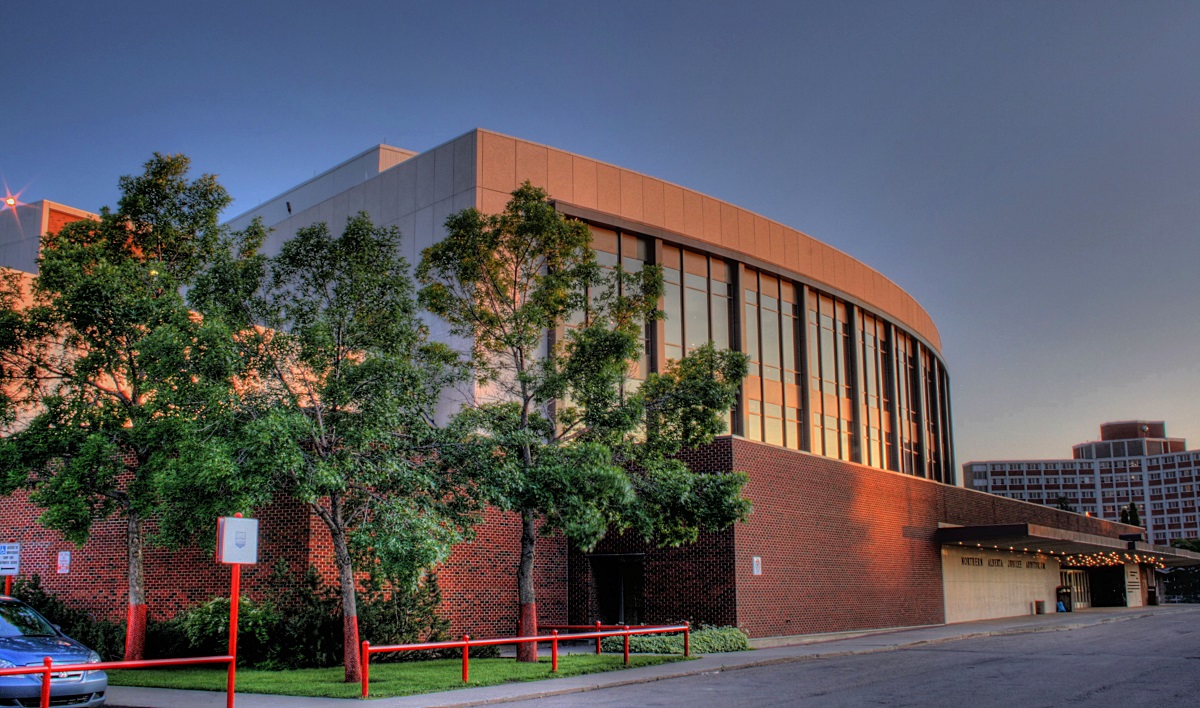
The Northern Alberta Jubilee Auditorium is a building that, along with its Calgary twin, the Southern Alberta Jubilee Auditorium, was constructed in 1955 to mark the 50th anniversary of the establishment of the province of Alberta. It is then also the province of Alberta that owns the building.
The building is home to both the Edmonton Opera and the Alberta Ballet, and the large stage also provides the floor for various Broadway shows, concerts, stand-up and other entertainment. There is room for over 2,500 guests in the auditorium’s audience hall.
The Francis Winspear Center for Music is a concert hall that was built in 1997. The center is home to the Edmonton Symphony Orchestra. The organ in the concert hall has 6,551 pipes and was installed in 2002.
The place is named after Francis G. Winspear, who donated six million dollars for the construction, which has room for approximately 1,700 visitors for the concerts.
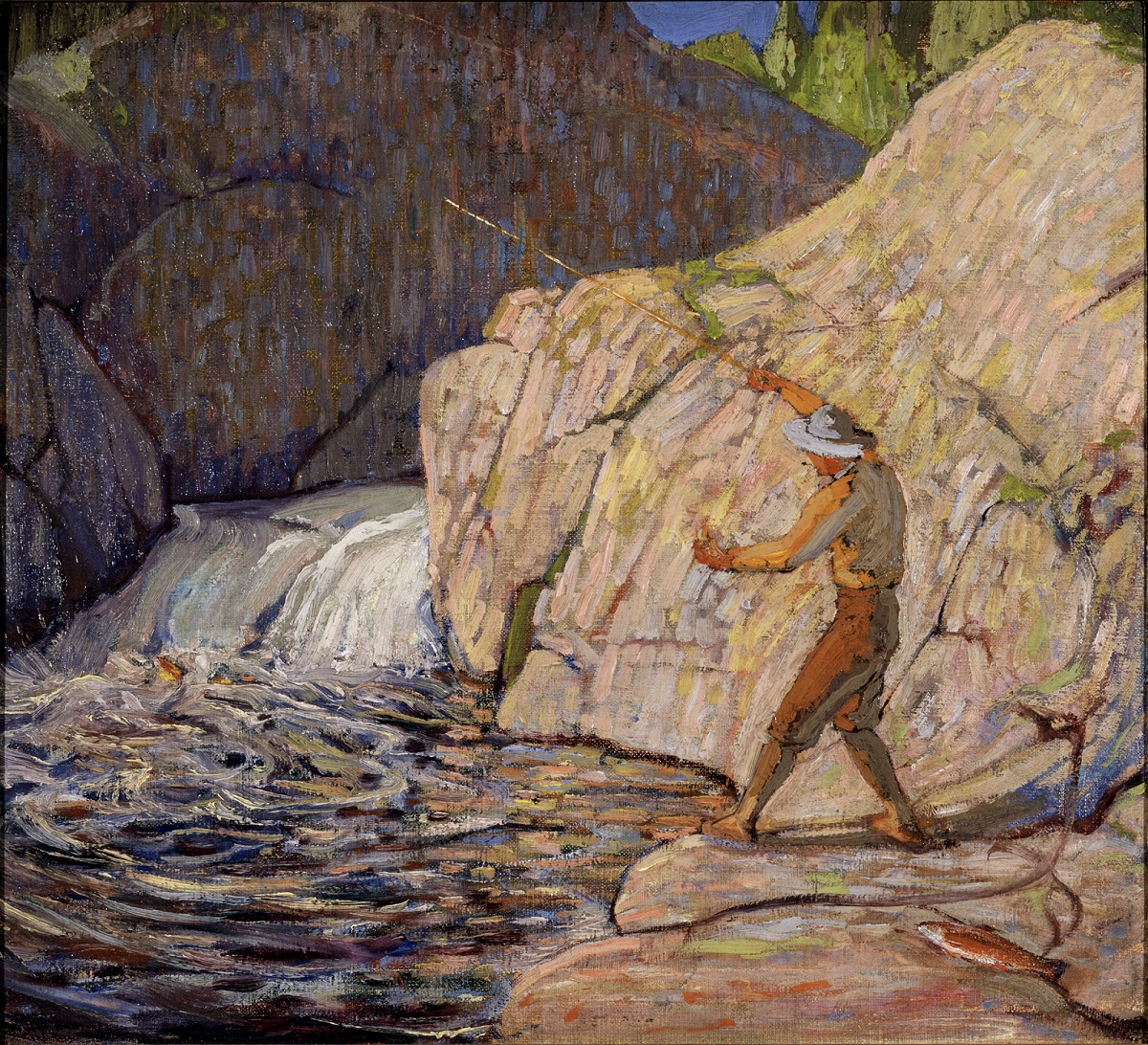
The Art Gallery of Alberta is an art museum that exhibits a wide collection of both historical and contemporary art. The works span, among other things, paintings, installations, sculptures and photographs, and the architecturally exciting museum building is an experience in itself. The building was designed by Randall Stouts Architects from California.
The museum was founded in 1924 as the Edmonton Museum of Arts. Back then, the aim was to promote visual arts and preserve art history from the region. The museum held its first exhibition in the Palm Room at the Hotel Macdonald, and since then both collections and exhibitions have developed significantly, which is clearly visible on a visit.
St. Joseph’s Basilica is the main church in the parish of St. Joseph’s in Edmonton. The parish was established in 1917, and seven years later it was decided to build a large church with European cathedrals as architectural models. This happened not least because of a lack of space in the then St. Joachim’s Church. After several breaks in construction, the church was completed in 1963.
St. Joseph’s Basilica is the basilica of the Roman Catholic Archdiocese of Edmonton, and it is one of the largest churches in the city. The basilica has room for over 1,000 churchgoers and stands beautifully in beaux-arts architecture. It is decorated with a number of works of art, such as stained glass, which, among other things, depict Jesus’ disciples and scenes from the Bible.
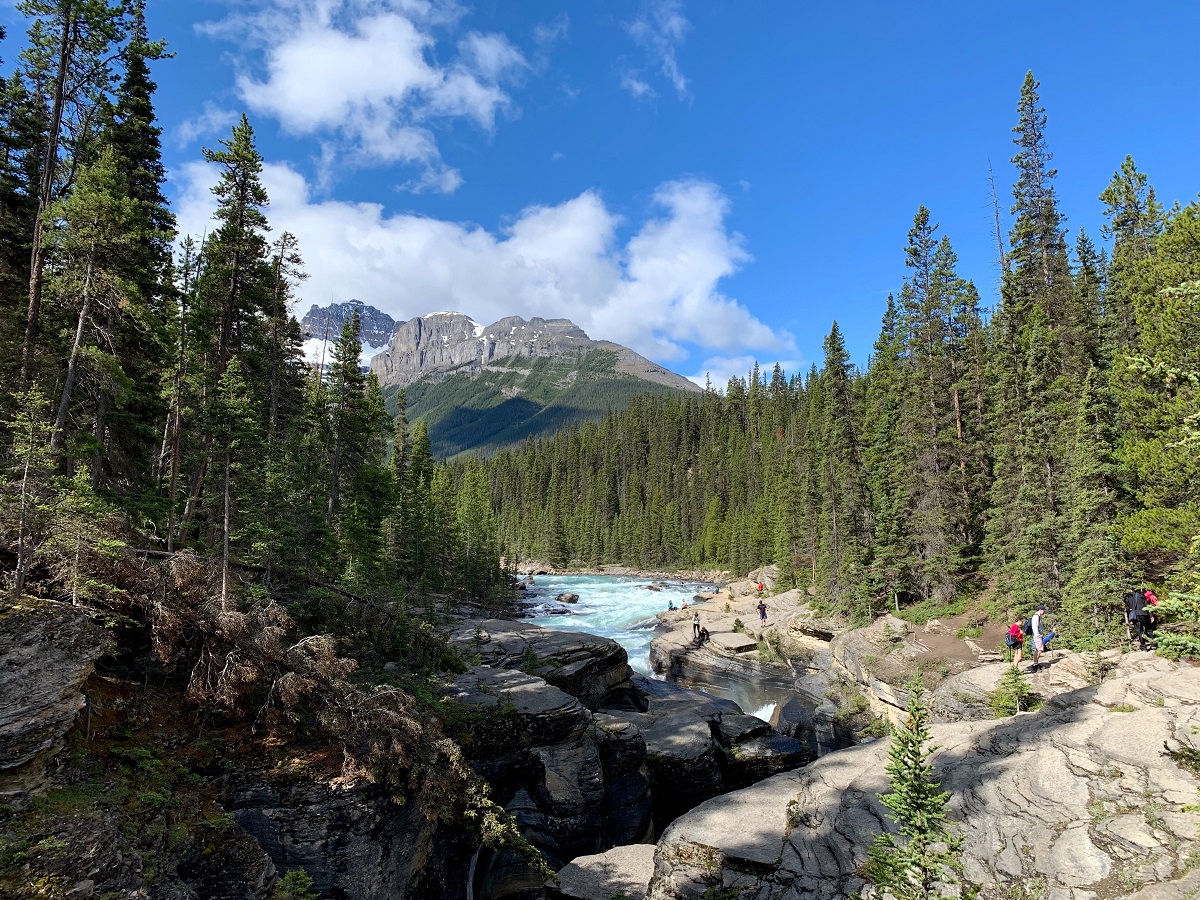
Jasper National Park is the northernmost national park in the Rocky Mountains, and it is a natural starting point for tours in the mountain range, as the Trans-Canada Railway stops in the town of Jasper. The park’s area covers 10,878 km² and consists of glaciers, hot springs, large forests, lakes, waterfalls and of course a varied landscape of mountains and valleys.
Jasper’s and the national park’s name derives from Jasper Haws, who was a fur trader from Maryland who worked for the North West Company. In 1815, Haws took command of a North West Company trading post at Brûlé Lake, and the site became known as Jasper House. The house was destroyed in 1910, but it gave its name to both the national park and the town of Jasper.
Read more about Jasper National Park
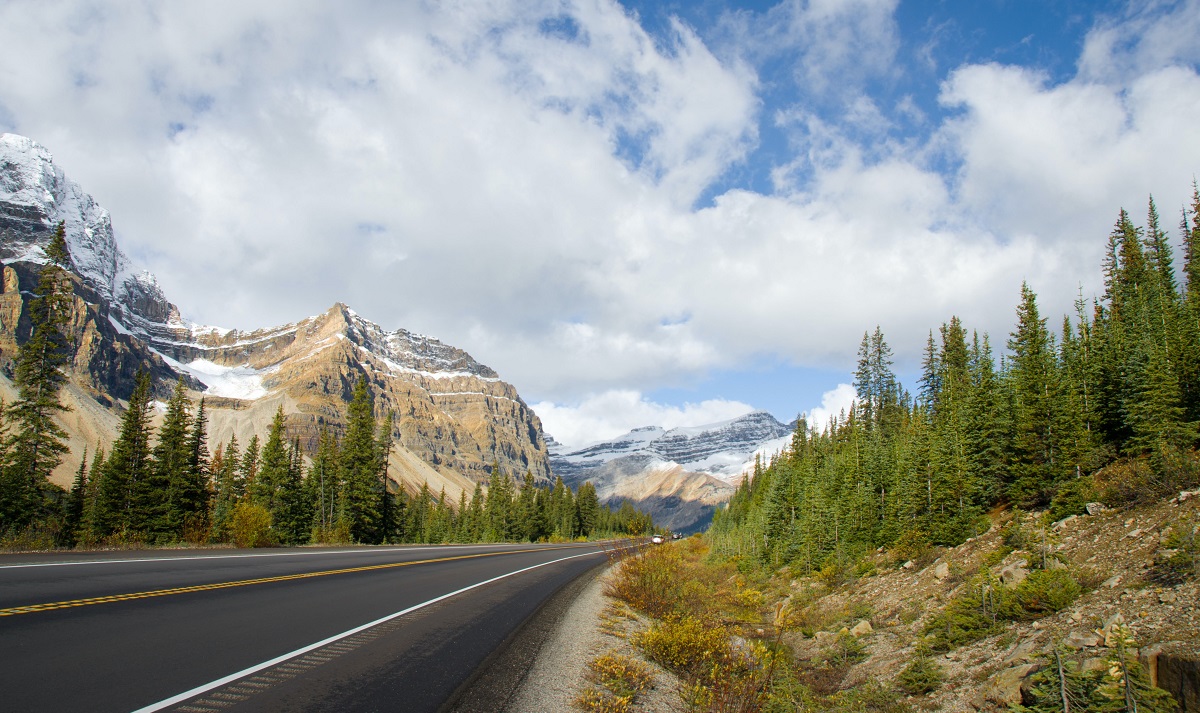
Icefields Parkway is the name of the road that connects the town of Jasper in the north with Lake Louise in the south. The road is used by countless tourists every summer who are on a road trip to experience the beautiful Canadian Rocky Mountains. The Icefields Parkway is 233 kilometers long and it connects Jasper National Park and Banff National Park.
If you drive south from Jasper, there are many places of interest on the way to Banff, and you can stop at several viewpoints and parking options at hiking trails to beautiful places in nature. Athabasca Falls and Sunwapta Falls are good spots on the northern part of the road. Athabasca Falls is 24 meters high, 46 meters wide and with large volumes of water pouring over the edge. Sunwapta Falls is similarly impressive and has a drop of 18.5 meters.
If you drive further south, you come to the Icefields Centre, where you can see the Athabasca Glacier, which is one of six glacier fronts from the Columbia Icefield. The glacier has retreated considerably over the past hundred years, but you can still see it and walk to it on the interesting hiking trail that has been established here.
After the Icefields Centre, you cross the border between Jasper National Park and Banff National Park when you drive further south. Here you come to a stop where there is a short hiking route to Mistaya Canyon, which is a nice walk through the forest to a beautiful gorge.
The next major natural attractions are the beautiful lakes Peyto Lake and Bow Lake with crystal clear water and views of majestic mountains. You can enjoy the scenery and the view from the viewpoints along the Icefields Parkway or take a walk in the area along the northern shore of Bow Lake. The hiking trail goes all the way to Bow Glacier Falls.
The beautiful lakes continue along the Icefields Parkway to the south with first Hector Lake and Herbert Lake before reaching the town and Lake Louise. The lake is perhaps the most famous in Canada’s Rocky Mountains, and it is here that you find the luxury hotel Fairmont Château Lake Louise. From Lake Louise, you can continue to Moraine Lake south of the city, which complements Lake Louise in the most beautiful way, or drive on to the town of Banff to the southeast.

Calgary is the southernmost of the two major cities of the province of Alberta; Edmonton to the north is the other one. The town is beautifully set at the confluence of the Bow River and Elbow River. The surroundings are prairie and the impressive Rocky Mountains start in the horizon to the west.
The city is one of Canada’s largest and it is one of the country’s economic centers. Tourism is also great in Calgary, which is well located for on road to and over the Rocky Mountains, which is high on many tourists’ bucket list for Canada. The mountains and the winter weather of the area also made the city host the Winter Olympics in 1988 as the first city in Canada.
23 Avenue & Calgary Trail South
102 Avenue & 102 Street<
109 Street & Princess Elizabeth Avenue
kingswaymall.com
137 Avenue & 66 Street
londonderrymall.com
111 Street & 51 Avenue
southgatecentre.com
8882 170 Street
westedmontonmall.com
High Street, Whyte Avenue
West Edmonton Mall
8882 170 Street
westedmontonmall.com
TELUS World of Science
11211 142 Street NW
telusworldofscience.com/edmonton
Alberta Railway Museum
24215 34 Street
railwaymuseum.ab.ca
Alberta Aviation Museum
11410 Kingsway Avenue
albertaaviationmuseum.com
Valley Zoo
13315 Buena Vista Road
edmonton.ca/valleyzoo
There have been scattered settlements in the Edmonton area for millennia, although modern-day Edmonton is a whole new city. The first European on these edges was Anthony Henday, who worked for the Hudson’s Bay Company.
Anthony Henday came here in 1754 to establish relations with the original inhabitants of the fur trade. The fur trade was lucrative and Hudson’s Bay Company was in fierce competition with the North West Company for it. In 1795, Hudson’s Bay Company erected Fort Edmonton as a trading station, and thus the city of Edmonton was created. The name Edmonton came from a senior employee of Hudson’s Bay Company’s English hometown.
Throughout the 19th century, many settlers came to the grounds of the lush land in the area, and the city quickly developed into a regional center. Compared to European conditions, however, Edmonton was still small – in 1904 the population was just over 8,000. The following year, the city became the seat of government in the Alberta Province, and in the following Edmonton almost exploded. By 1914, there were more than 70,000 citizens in the city, a figure that fell slightly over the next few years.
In 1947, the area’s first oil discovery was exploited, it was south of Edmonton. New oil discoveries were made, and as much of Canadian oil extraction was in central and northern Alberta, Edmonton became the center of this economically important industry. The population increased significantly during the same period, to almost 300,000 by the end of the 1950s.
Oil prices and population continued to rise until the 1980s, and major projects saw the light of day. The world’s largest shopping and entertainment center, West Edmonton Mall, opened its doors in 1981, and there was money in abundance here in the Canadian oil capital. Strong economic growth was slowed by a fall in international oil prices. The city’s dependence on oil as a locomotive for development led to a halt to growth, and it was not until the late 1990s that the economy again began to recover.
Today, more than 700,000 live in Edmonton itself, while more than a million people live in the urban area.

Overview of Edmonton
Edmonton is the capital of the province of Alberta, and it is the northernmost city with more than a million inhabitants in North America. The city, with its location, is called the gateway to the north because the city is the starting point for major raw material projects in northern Alberta and the Northwest Territories.
The city is the cultural and economic center of northern Alberta, and there are many activities to come for. Downtown is characterized by high-rise buildings that make the city skyline as you approach the metropolitan area. In addition to the many modern office buildings, there are numerous heritage sights and monuments from the city’s history.
About the upcoming Edmonton travel guide
About the travel guide
The Edmonton travel guide gives you an overview of the sights and activities of the Canadian city. Read about top sights and other sights, and get a tour guide with tour suggestions and detailed descriptions of all the city’s most important churches, monuments, mansions, museums, etc.
Edmonton is waiting for you, and at vamados.com you can also find cheap flights and great deals on hotels for your trip. You just select your travel dates and then you get flight and accommodation suggestions in and around the city.
Read more about Edmonton and Canada
Buy the travel guide
Click the “Add to Cart” button to purchase the travel guide. After that you will come to the payment, where you enter the purchase and payment information. Upon payment of the travel guide, you will immediately receive a receipt with a link to download your purchase. You can download the travel guide immediately or use the download link in the email later.
Use the travel guide
When you buy the travel guide to Edmonton you get the book online so you can have it on your phone, tablet or computer – and of course you can choose to print it. Use the maps and tour suggestions and you will have a good and content-rich journey.
Fort Edmonton Park • Rocky Mountains • Royal Alberta Museum

Overview of Edmonton
Edmonton is the capital of the province of Alberta, and it is the northernmost city with more than a million inhabitants in North America. The city, with its location, is called the gateway to the north because the city is the starting point for major raw material projects in northern Alberta and the Northwest Territories.
The city is the cultural and economic center of northern Alberta, and there are many activities to come for. Downtown is characterized by high-rise buildings that make the city skyline as you approach the metropolitan area. In addition to the many modern office buildings, there are numerous heritage sights and monuments from the city’s history.
About the upcoming Edmonton travel guide
About the travel guide
The Edmonton travel guide gives you an overview of the sights and activities of the Canadian city. Read about top sights and other sights, and get a tour guide with tour suggestions and detailed descriptions of all the city’s most important churches, monuments, mansions, museums, etc.
Edmonton is waiting for you, and at vamados.com you can also find cheap flights and great deals on hotels for your trip. You just select your travel dates and then you get flight and accommodation suggestions in and around the city.
Read more about Edmonton and Canada
Buy the travel guide
Click the “Add to Cart” button to purchase the travel guide. After that you will come to the payment, where you enter the purchase and payment information. Upon payment of the travel guide, you will immediately receive a receipt with a link to download your purchase. You can download the travel guide immediately or use the download link in the email later.
Use the travel guide
When you buy the travel guide to Edmonton you get the book online so you can have it on your phone, tablet or computer – and of course you can choose to print it. Use the maps and tour suggestions and you will have a good and content-rich journey.

Edmonton City Hall is Edmonton’s modern city hall, inaugurated in 1992. It is located in the heart of the city and on the edge of the downtown high-rise business district. The town hall stands out in the urban space with its characteristic 43 meter high glass pyramid, which provides a fine indoor space.
The town hall was designed by Dub Architects and built as a replacement for Edmonton’s town hall building from 1957. The exciting architecture breaks the conformity with its form, and in addition to the large glass pyramid, you can see a 60 meter high bell tower in the town hall complex.

The Northern Alberta Jubilee Auditorium is a building that, along with its Calgary twin, the Southern Alberta Jubilee Auditorium, was constructed in 1955 to mark the 50th anniversary of the establishment of the province of Alberta. It is then also the province of Alberta that owns the building.
The building is home to both the Edmonton Opera and the Alberta Ballet, and the large stage also provides the floor for various Broadway shows, concerts, stand-up and other entertainment. There is room for over 2,500 guests in the auditorium’s audience hall.
The Francis Winspear Center for Music is a concert hall that was built in 1997. The center is home to the Edmonton Symphony Orchestra. The organ in the concert hall has 6,551 pipes and was installed in 2002.
The place is named after Francis G. Winspear, who donated six million dollars for the construction, which has room for approximately 1,700 visitors for the concerts.

The Art Gallery of Alberta is an art museum that exhibits a wide collection of both historical and contemporary art. The works span, among other things, paintings, installations, sculptures and photographs, and the architecturally exciting museum building is an experience in itself. The building was designed by Randall Stouts Architects from California.
The museum was founded in 1924 as the Edmonton Museum of Arts. Back then, the aim was to promote visual arts and preserve art history from the region. The museum held its first exhibition in the Palm Room at the Hotel Macdonald, and since then both collections and exhibitions have developed significantly, which is clearly visible on a visit.
St. Joseph’s Basilica is the main church in the parish of St. Joseph’s in Edmonton. The parish was established in 1917, and seven years later it was decided to build a large church with European cathedrals as architectural models. This happened not least because of a lack of space in the then St. Joachim’s Church. After several breaks in construction, the church was completed in 1963.
St. Joseph’s Basilica is the basilica of the Roman Catholic Archdiocese of Edmonton, and it is one of the largest churches in the city. The basilica has room for over 1,000 churchgoers and stands beautifully in beaux-arts architecture. It is decorated with a number of works of art, such as stained glass, which, among other things, depict Jesus’ disciples and scenes from the Bible.
Similar to Edmonton Travel Guide